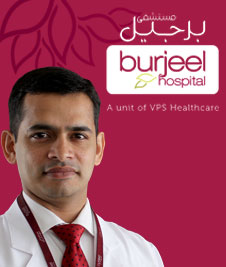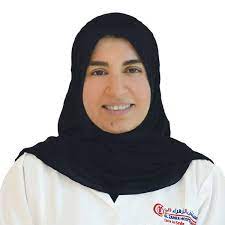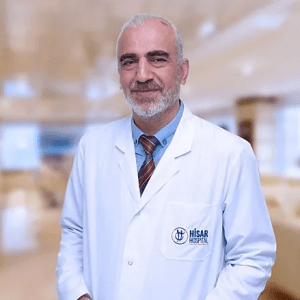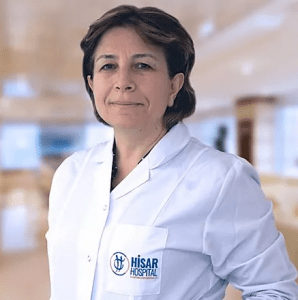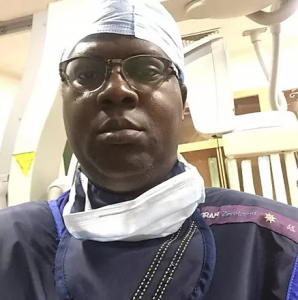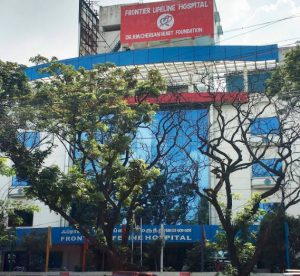Cardiac catheterization
Cardiac catheterization (kath-uh-tur-ih-ZAY-shun) is a procedure used to diagnose and treat certain cardiovascular conditions. During cardiac catheterization, a long thin tube called a catheter is … Read More
Top Doctors For Cardiac catheterization Treatments
Top Hospitals For Cardiac catheterization Treatments
Cardiac catheterization
Cardiac catheterization (kath-uh-tur-ih-ZAY-shun) is a procedure used to diagnose and treat certain cardiovascular conditions. During cardiac catheterization, a long thin tube called a catheter is inserted in an artery or vein in your groin, neck or arm and threaded through your blood vessels to your heart.
(Cardiac cath or Heart cath)
Other synonymous names for cardiac catheterization are cardiac cath, heart cath, and coronary angiogram. During the procedure, a thin flexible tube, called a catheter, is inserted into a large blood vessel that leads to your heart.
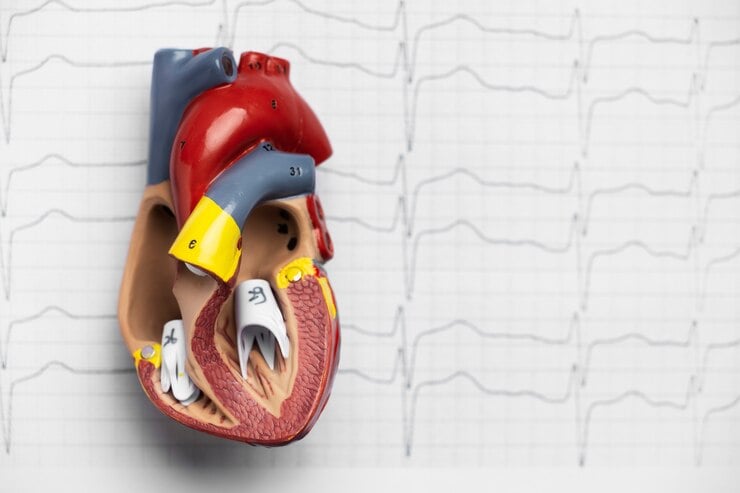
Purpose of Cardiac Catheterization
The first indication of cardiac cath is diagnostic tests. These tests are helpful to:
- Locate stenosis in the blood vessels that could cause chest pain (angiogram).
- Evaluate the pumping capacity of your heart (right or left ventriculogram)
- Determine oxygen levels and pressure in the four (4) chambers of your heart (hemodynamic assessment).
- Remove a small piece of your heart tissue to examine under a microscope (biopsy).
- Take X-rays, aided by contract dye injected through the catheter, to look for narrowed or blocked coronary arteries (coronary arteries (coronary arteriography or coronary angiography).
- Locate defects in the valves or chambers of your heart.
- Diagnose heart defects present from birth (congenital heart defects).
Also, part of cardiac cath procedures functions on treating heart disease. These treatments include:
- Widening a stenosed artery (angioplasty) with or without stent placement.
- Closing holes in the heart and correcting other congenital defects.
- Opening narrow heart valves (balloon valvuloplasty). Treating irregular cardiac rhythms with ablation.
- Repairing or replacing cardiac valves.
- Prevent blood clots by closing off part of your heart.
Risks of Cardiac Catheterization
Cardiac cath is usually safe. Fewer numbers of people, however, have problems. Some people develop bruises at the punctured site, where the catheter had been inserted. The contrast dye used to make the arteries show up on X-rays may cause some people to feel sick, get itching or develop hives.
Other serious complications may include:
- Bleeding
- Blood clot
- Heart attack
- Irregular heart rhythms (arrhythmia)
- Kidney damage
- Infections
- Stroke
- Damage to the artery, heart, or the area where the catheter was inserted.
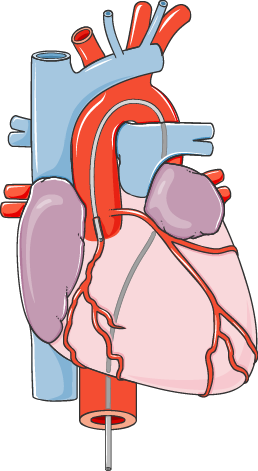
Symptoms
- Chest pain, chest tightness, chest pressure and chest discomfort (angina)
- Shortness of breath.
- Pain, numbness, weakness or coldness in your legs or arms if the blood vessels in those parts of your body are narrowed.
- Pain in the neck, jaw, throat, upper abdomen or back.
Causes
- Heart defects you’re born with (congenital heart defects)
- Coronary artery disease.
- High blood pressure.
- Diabetes.
- Smoking.
- Excessive use of alcohol or caffeine.
- Drug abuse.
- Stress.
Preparing for Cardiac Catheterization
Cardiac catheterization is usually performed in the cardiac catheterization lab of a hospital. If you are an expectant mother or planning to be pregnant, tell your doctor before embarking on the procedure.
Don’t eat or drink anything at least 6 hours to the cardiac test, or as directed by your doctor. Ask your doctor if you should take your medications with a small amount of water. Diabetic patients should ask for instructions about diabetics’ medications and insulin.
Your doctor may recommend you stop blood-thinning medications, such as apixaban, warfarin, aspirin, dabigatron, and rivaroxaban. Take all your medications and supplements along with you, if possible take the original bottles with you to the test.
Cardiac Catheterization Procedures
Before The Procedure,
Your blood pressure and pulse will be checked. You will be asked to use the toilet to empty your bladder (to pee). You will remove your dentures (if any) and your jewelry, especially the necklace. You will be asked to wait in a preop room until it is time for the procedure.
During The Procedure,
A specially trained doctor performs the procedure with a team of nurses and technicians in the cardiac cath lab.
- First of all, an IV (Intravenous) line is put into a vein in your arm or hand and will be used to give you any additional medications you might need during the procedure.
- A nurse will clean and shave the area where the doctor will be working. This is usually in the groin area.
- A local anesthetic is given to numb the needle puncture site where the catheter will be inserted. You may feel a quick, stinging pain before the numbness sets in.
- After you feel numb, a small cut is made to access an artery through the skin.
- A plastic sheath will be inserted in the cut to allow the catheter to pass through the major blood vessel and to the heart.
- The doctor will gently guide a catheter ( a long, thin, tube) into your blood vessel through the sheath. Video screens will soon the position of the catheter as it passes through the major blood vessels and to the heart. You may feel the pressure in your groin without pain.
- Various instruments may be placed at the tip of the catheter. They include instruments to:
- Measure the blood pressure in each heart chamber and in the blood vessels which connect to the heart.
- View the interior of blood vessels
- Remove a tissue sample (biopsy) from inside the heart.
Uses of a Catheter In Cardiac Cath
- To inject a dye that can be seen on X-ray (angiography)
- To clear a normal or blocked artery (angioplasty) or a percutaneous coronary intervention (PVI).
- To widen a narrowed heart valve opening (valvuloplasty).
- To take the X-ray images of your heart arteries with the aid of the contrast dye. In a cardiac cath, the catheter is usually placed in your groin area or wrist.
- To check the pressure and blood flow on the right side of yours. The catheter has special sensors in it to measure the blood pressure and flow in the heart.
- To take your heart biopsy. The catheter is placed in your vein in the groin, and with its small jaw like tips, a small sample of tissue from your heart is obtained.
- To repair heart defects. In closing a hole in your heart ( e.g an atrial septal defect or patent foramen ovale) catheters are inserted in both the arteries and veins of the groin and neck. A device is then inserted into your heart to close the hole if it is heart valve leak repair, a clip or plug may be used to stop the leakage.
- To replace the valve.
- To correct abnormal heartbeat (heart ablation). Multiple catheters are placed in the arteries and veins of your groin so that radiofrequency energy can be directed to the part of your heart causing an abnormal heartbeat.
FAQ
What sedation is used for cardiac catheterization?
Midazolam is commonly used for premedication and during the procedure. Cardiologist and nursing staff feel comfortable with the use of midazolam and fentanyl for mild to moderate sedation. Advantages of midazolam include short duration, minimal effect on hemodynamic and respiration, and reversibility with flumazenil.
What are the benefits of having a stent?
Angioplasty and stenting can save your life and reduce heart muscle damage during a heart by restoring blood flow to the heart. Angiopathy and stenting may immediately relieve or at least reduce symptoms, such as chest pain, shortness of breath, and fatigue, making you feel better and able to do more each day.
What should I do after cardiac catheterization?
In general, people who have angioplasty can walk around within 6 hours or less after the procedure. Complete recovery takes a week or less. Keep the area where the catheter was inserted dry for 24 – 48 hours if the catheter was inserted into your arm, recovery is often faster.
How serious is a heart catheterization?
Cardiac catheterization is safe for most people. Complications are rare but can include, bleeding, blood clots, kidney damage, infections, and heart attack. Your doctor will monitor your condition and may recommend medicines to prevent blood clots.
What is a biopsy?
We cannot visualize the organs or tissues inside of our body, but a biopsy helps in making a diagnosis by providing a piece of tissue for examination. A biopsy is often associated with cancer, but it can be used to diagnose other health conditions.








